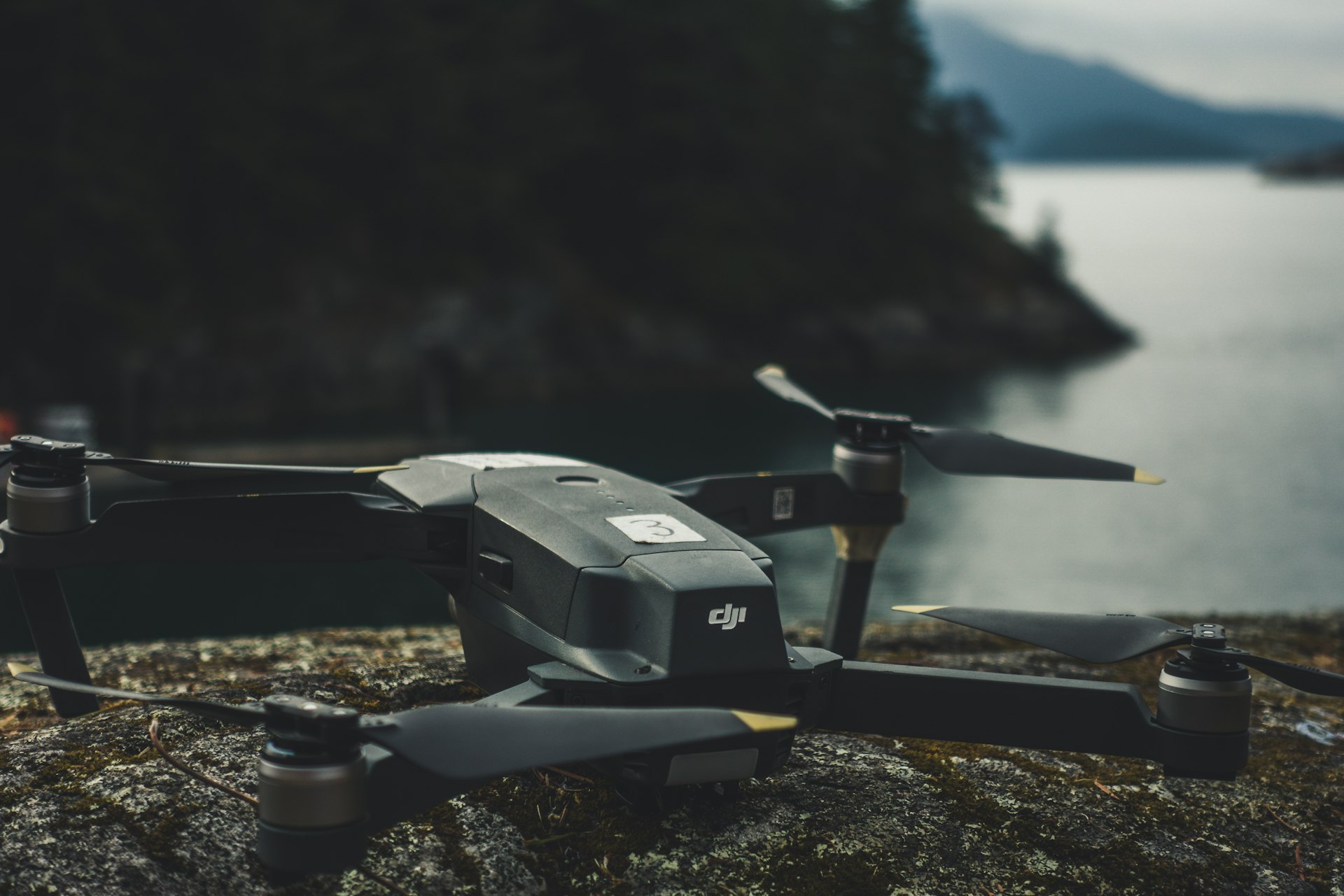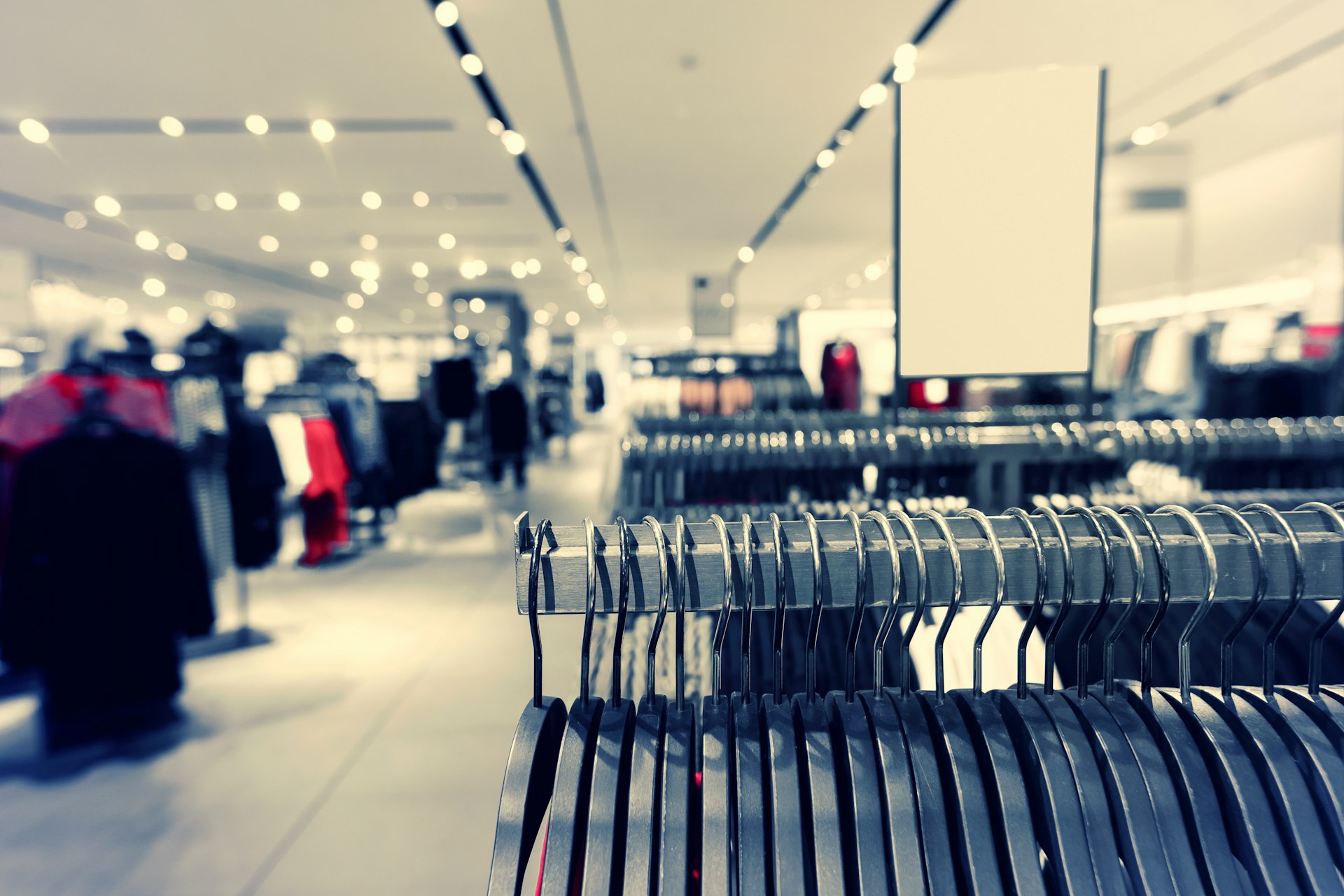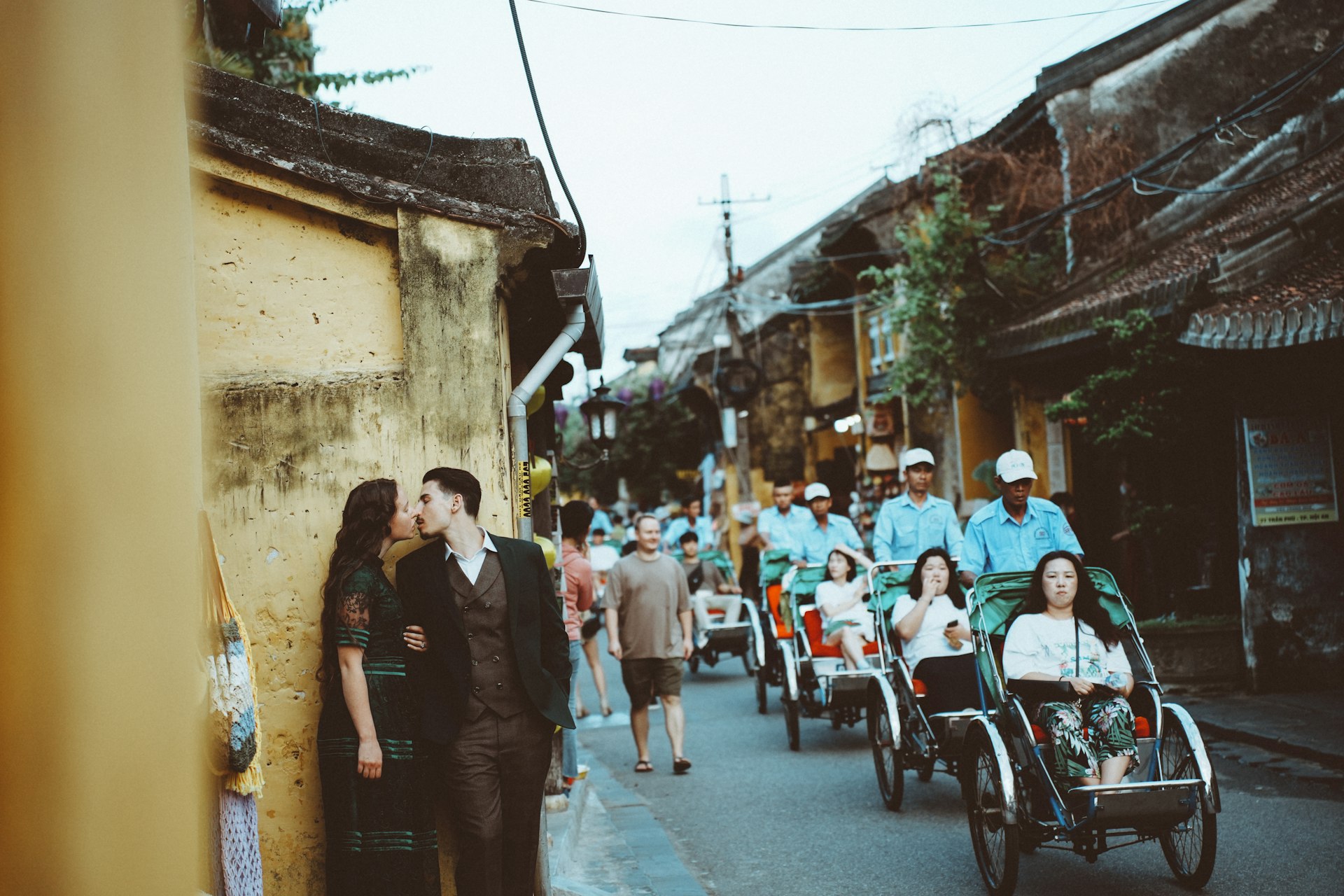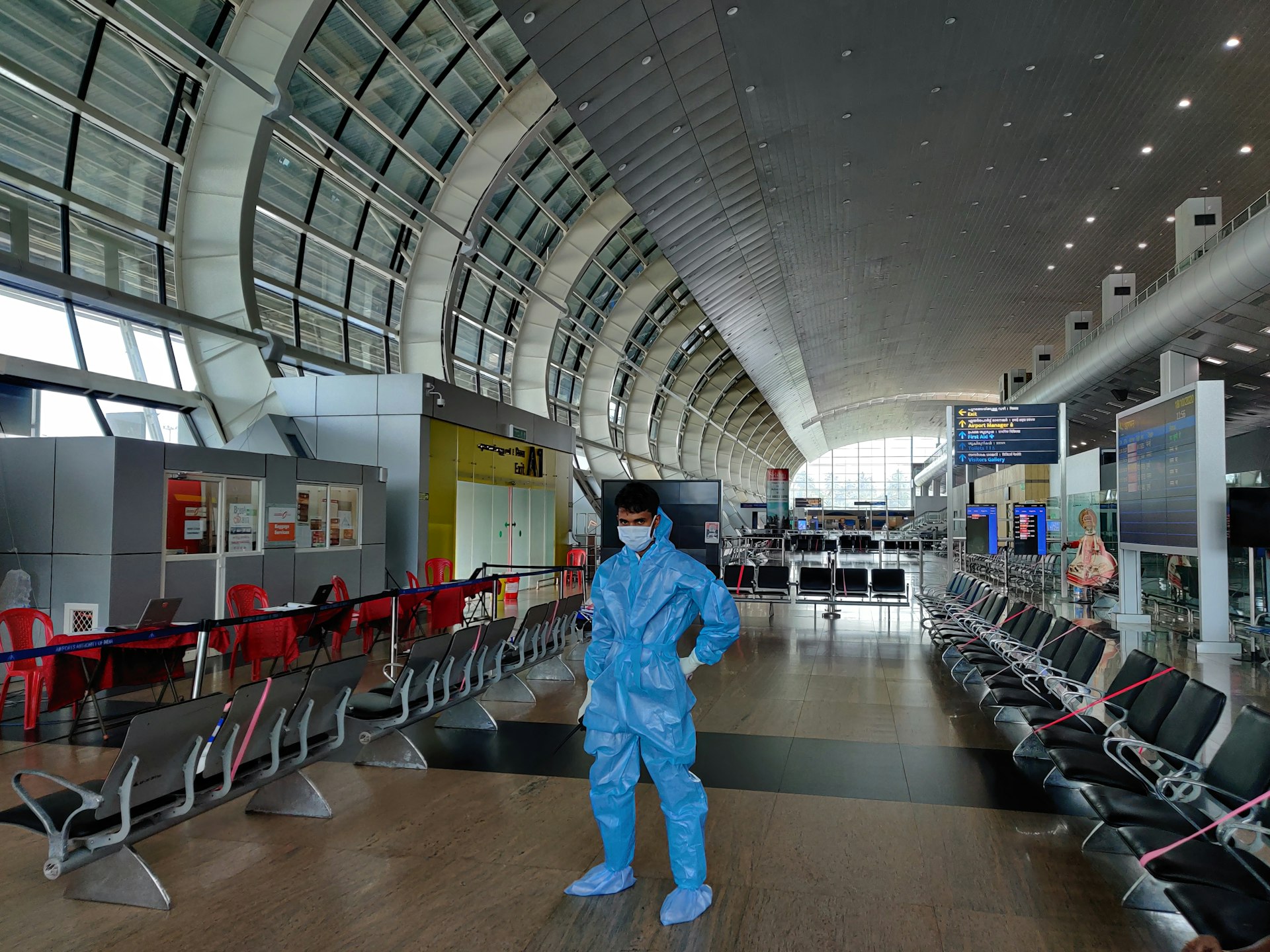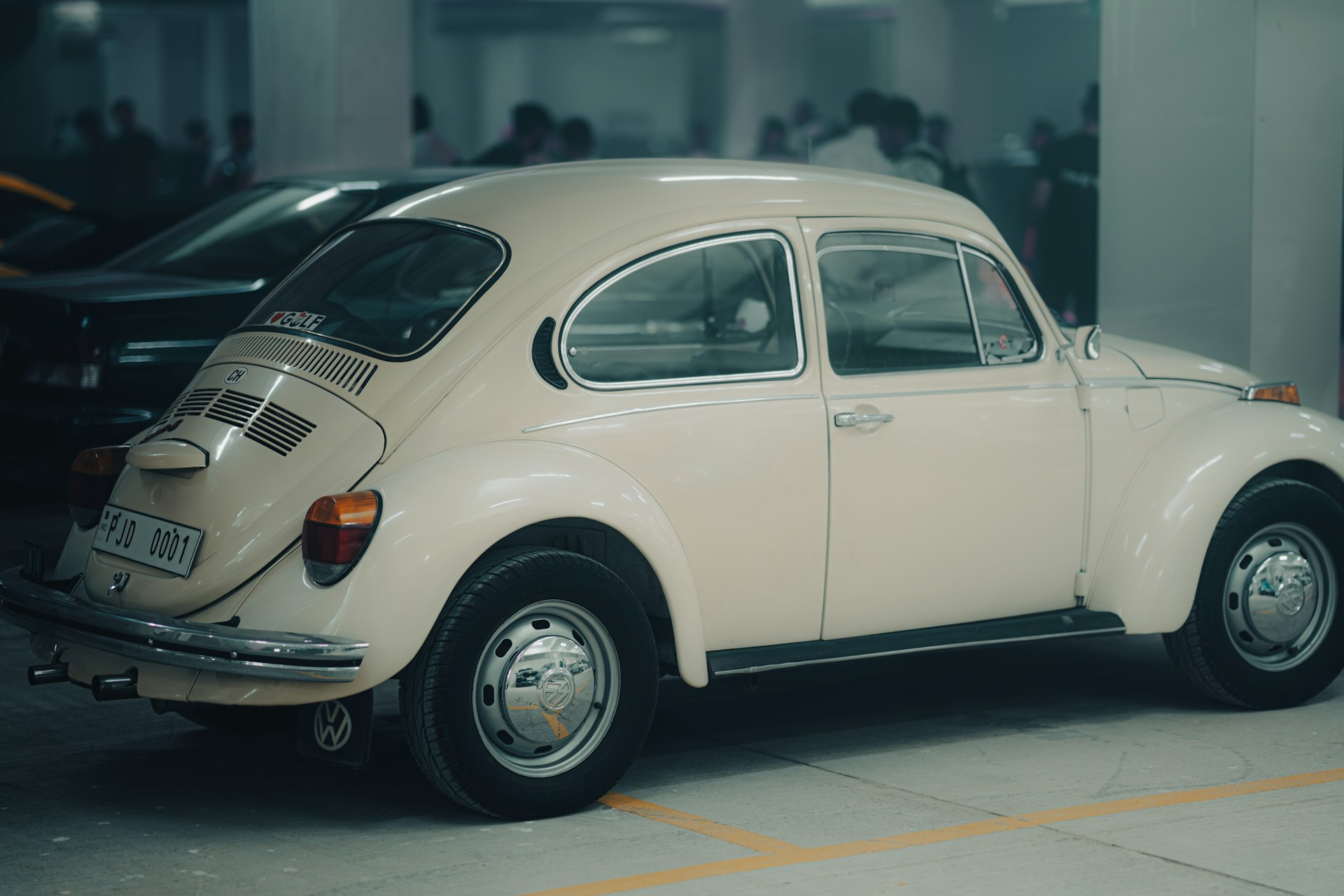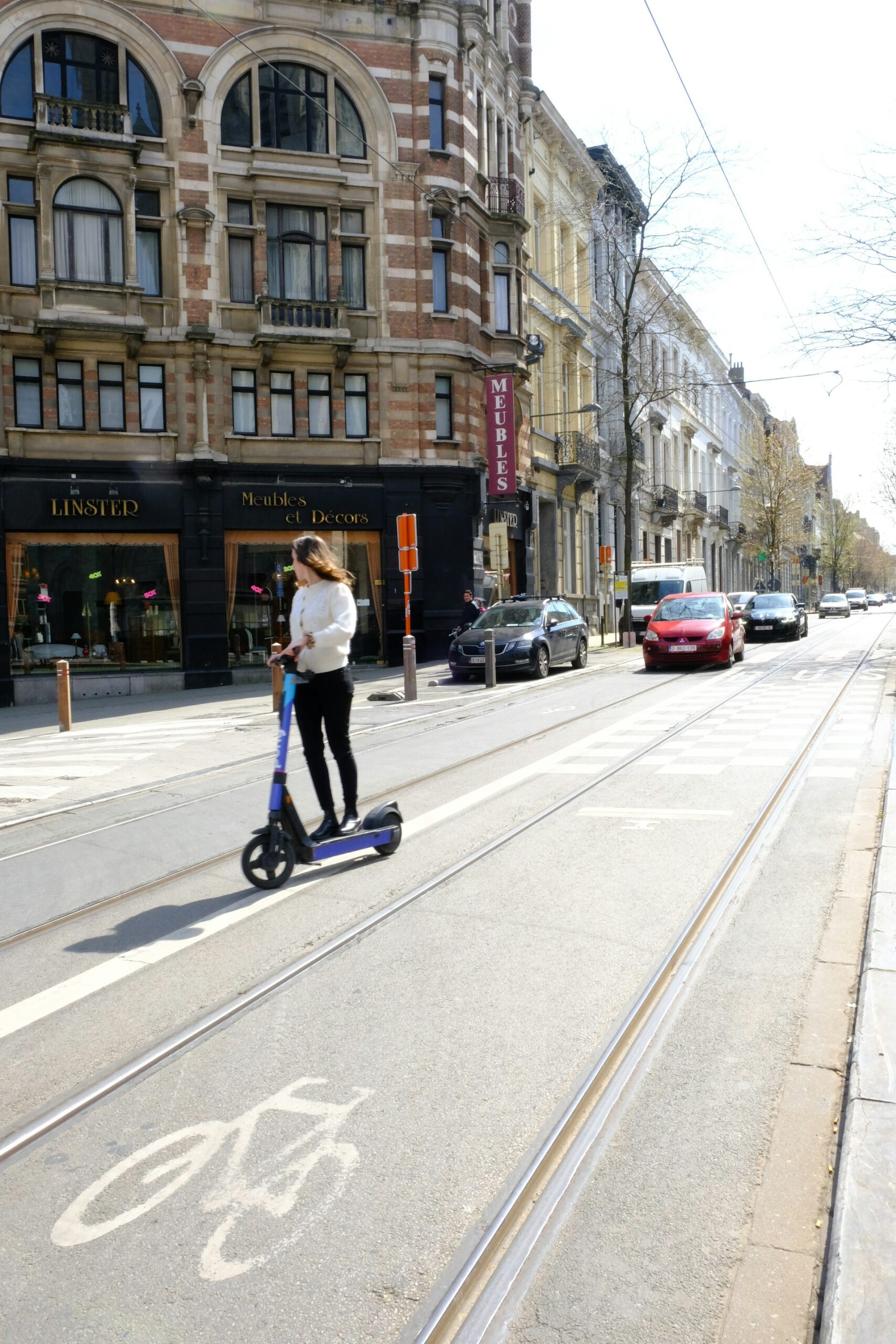Unlocking Independence: Comprehensive Guide to Adaptive Clothing Lines for People with Disabilities

Photo by Ortopediatri �ocuk Ortopedi Akademisi on Unsplash
Introduction: The Transformative Power of Adaptive Clothing
Adaptive clothing has sparked a revolution in the fashion industry, offering new solutions for people with disabilities who have long faced challenges with traditional garments. These clothing lines are designed with innovative features-like magnetic closures, adjustable fits, and sensory-friendly fabrics-that address the unique needs of individuals with limited mobility, sensory sensitivities, or other physical challenges. As awareness and demand grow, more brands are stepping up to provide not only functional but also fashionable options, empowering users with greater independence and dignity.
What is Adaptive Clothing and Who Can Benefit?
Adaptive clothing refers to garments specifically designed to meet the needs of people with disabilities, chronic conditions, or age-related mobility issues. These products incorporate features such as easy-open fasteners, side or back openings, and tagless designs to make dressing easier and more comfortable. Beneficiaries include wheelchair users, individuals with limited hand dexterity, those recovering from surgery, and people with sensory processing disorders. For example, JAM the Label designs clothing for a wide range of needs, including people with limb differences, arthritis, intellectual disabilities, and autistic individuals who may be sensitive to seams or tags [1] .
Beyond simply serving those with disabilities, these garments can also be beneficial for seniors and caregivers, streamlining the dressing process and reducing the risk of injury [2] .
Key Features and Innovations in Adaptive Clothing
Today’s adaptive clothing lines are defined by several core features that distinguish them from standard apparel:
- Magnetic Closures and Zippers: Magnetic buttons and side-zip pants allow for one-handed dressing and are ideal for those with limited hand function. Joe & Bella, for instance, offers shirts and pants with these features, making self-dressing more achievable [2] .
- Wheelchair-Friendly Designs: Clothing with side or back openings, seamless backs, and easy-access fasteners accommodates seated positions and reduces pressure points. Brands like IZ Adaptive are noted for their ‘Seamless Back Pant,’ a game-changer for wheelchair users [3] .
- Sensory-Friendly Materials: Many adaptive lines use soft, tagless fabrics and hidden fasteners to minimize sensory irritation. This is essential for individuals with autism or sensory processing disorders [5] .
- Custom Sizing and Personalization: Brands such as Auf Augenhöhe match measurements to ensure a perfect fit for people with short stature, while others like Aille Design offer braille beadwork for blind and visually impaired users [1] .
- Caregiver-Friendly Solutions: Open-back tops and pants designed for easy dressing save time and reduce physical strain for caregivers, a feature praised by many families and care providers [2] .
Leading Adaptive Clothing Brands: Real-World Examples
The growing demand for adaptive fashion has led to the emergence of several pioneering brands, each offering unique solutions:
- IZ Adaptive : Founded by Izzy Camilleri, a veteran Canadian designer, IZ Adaptive set the standard for stylish, functional adaptive wear. Their range includes modern basics and technical garments for all genders and ages, with innovations like the ‘Seamless Back Pant’ recognized internationally [3] .
- Joe & Bella : Specializing in disabled-friendly clothing for adults, Joe & Bella’s collection features wheelchair-friendly pants, magnetic button shirts, and caregiver-centric designs. Their focus is on comfort, independence, and easy returns [2] .
- JAM the Label : Based in Australia, JAM the Label offers inclusive fashion designed to address a variety of physical and sensory needs. Their garments are considered ‘low-cost assistive technology’ by the National Disability Insurance Scheme (NDIS), making them accessible through government funding for eligible Australian residents [5] .
- Aille Design : This Canadian brand integrates braille beadwork into clothing, providing tactile and visual accessibility for blind and visually impaired users. Customization options and proceeds supporting related causes make Aille Design a standout in the intersection of fashion and advocacy [1] .
- Kohl’s Jumping Beans : In the U.S., Kohl’s offers adaptive lines for children and teens, focusing on sensory-friendly materials and easy-dressing construction. These products are available in-store and online, making them accessible to a broad audience [4] .
- Auf Augenhöhe : Focusing on clothing for people of short stature, this German brand provides ready-to-wear solutions with tailored measurement guides and international shipping [1] .
How to Access Adaptive Clothing: Step-by-Step Guidance
Finding and purchasing adaptive clothing is increasingly straightforward, though pathways may vary by location and need. Here’s how you can get started:
- Identify Specific Needs: Consider which features-such as magnetic fasteners, sensory-friendly fabrics, or wheelchair compatibility-are most important for you or your loved one.
- Research Brands and Products: Visit the official websites of brands like IZ Adaptive, Joe & Bella, JAM the Label, and Kohl’s to view their collections and sizing guides. If you’re in Australia and have NDIS support, review JAM the Label’s NDIS information to see if purchases are covered [5] .
- Consult with Healthcare or Occupational Therapy Professionals: Many specialists can recommend brands or features suited to your needs. For government funding or insurance coverage, work with your case manager or therapist to document the need for adaptive clothing.
- Place Orders Online: Most adaptive clothing brands offer direct-to-consumer online sales, with international shipping available in many cases. Be sure to review sizing charts and return policies to ensure a good fit.
- Seek Customization or Consultations: For specialized needs, some brands offer customization services, such as Aille Design’s braille beadwork consultations. Contact brands directly via their customer service channels for personalized advice.
- Explore Retailers: Large chains like Kohl’s offer adaptive lines in-store; ask staff about available products and fitting rooms with accessibility features.
- Look Into Financial Assistance: In Australia, NDIS participants can purchase certain adaptive clothing as ‘low-cost assistive technology.’ In other countries, check with health insurance providers or local agencies for possible reimbursements or supports.
Challenges, Solutions, and Alternatives
While the adaptive clothing market is expanding, some challenges remain. Not all brands offer worldwide shipping, and sizing can be complex, especially for individuals with unique body shapes. To address this, many companies provide detailed measurement guides and offer customer support for virtual fittings. Some users may find that mainstream clothing can be modified by local tailors for adaptive needs, offering a cost-effective alternative when specialized products are unavailable.
For individuals on tight budgets, consider reaching out to local disability advocacy organizations or support groups, which may have information on resources, funding, or second-hand adaptive clothing exchanges. Additionally, caregivers and individuals can explore DIY solutions-such as adding Velcro strips or magnetic fasteners to existing clothing-guided by online tutorials and occupational therapy recommendations.
Conclusion: Inclusive Fashion for Everyday Life
Adaptive clothing lines are reshaping the possibilities for people with disabilities, offering new levels of independence, comfort, and style. Whether you’re seeking modern basics, expressive custom pieces, or practical solutions for daily dressing, today’s market offers more choices than ever before. By understanding your specific needs, exploring reputable brands, and leveraging available supports, you can access clothing that truly fits-both functionally and personally. If you need guidance or have unique requirements, reach out to brand representatives or healthcare professionals who can help you navigate the growing landscape of adaptive fashion.

Photo by Ortopediatri �ocuk Ortopedi Akademisi on Unsplash
References
- [1] Fashion Magazine (2023). Adaptive Fashion Brands You Should Know About.
- [2] Joe & Bella (2025). Adaptive Clothing for Disabled.
- [3] IZ Adaptive (2023). Adaptive Clothing.
- [4] Accessibility.com (2022). Best Adaptive Clothing Brands for Every Body, Style, and Budget.
- [5] JAM the Label (2025). Adaptive Clothing FAQ.
MORE FROM ismath.net
